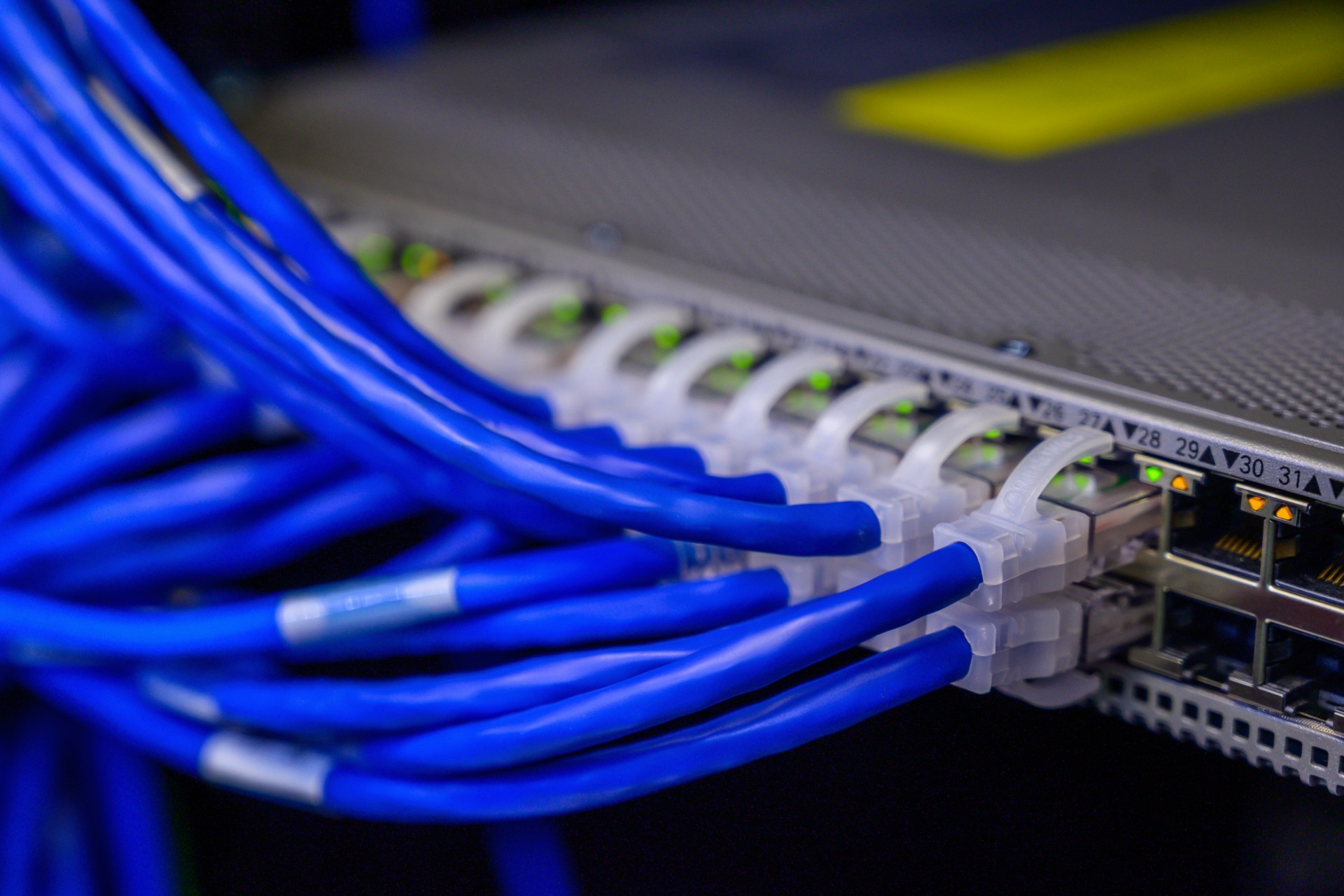With blockchain and cloud technology dominating the IT space in the modern business world, there is a wider application of decentralized networks. They are diametrically different from the centralized computing networks of days gone by. Companies used these in commercial contexts not long ago.
A centralized computing network design is based on a single server that does all the heavy lifting. Workstations are connected to the server, and all requests for processing are sent to the central server. These tasks include programs, data storage, and utilities. There are many benefits of using central computerized networks.
Centralized computing is computing done from a central location using terminals attached to a central computer. The centralized computer can control all peripherals directly if they are physically connected to the central computer. Alternatively, the terminals can connect to the central computer over the network if they have the capability.
Advantages of Using a Single Central Server
There are many benefits of using a central server administrator.
- There can be a significant reduction in IT administration time and staffing needs.
- When you connect to a central server, it is easy to keep equipment in great shape.
- Businesses can gather and analyze data more effectively as all data has to pass through a centralized network
- Deployment of resources and management is smooth
Centralized Computing Infrastructure
It can be helpful to compare centralized computing to a client/server architecture. In that model, IT staff connect the PCs of the client to a central server. Typically, each client PC acts as a resource with limited or nil computing capacity. All they have is a visual display, basic input tools, and a thin CPU.
IT staff connect the clients’ PCs over the network to a central server for processing computations. The central server has massive computing resources, as well as expansive storage. Consequently, many of them also offer advanced computing features. Access to any applications, storage, computing, web access, and security is done only from the central server.
Besides, all the nodes of the client are managed from the central server interface by the administrator in a centralized computing infrastructure.
Early computers were not provided with separate terminals. They had built-in output and input devices. However, experts discovered that they could be helpful to help multiple people use the computer at the same time. As a result, it saved organizations a tidy sum as early computers were very pricey. Likewise, it took a lot of capital to manufacture and maintain.
Right Infrastructure, Right Application
Despite the growing preference for decentralized networks, centralized computing is still in huge demand in specific situations. Cloud computing has played a key role in the renewed demand for centralized computing.
Businesses have been using thin clients for many years now to reduce total ownership costs. We can now use web applications on various types of computing devices without the need to install costly software applications. With advanced systems offering increased computing capabilities and web applications now capable of carrying out more processing using powerful technologies, centralization is becoming the buzzword yet again in commercial applications.
Mission-critical applications such as payroll use mainframes for processing daily account transactions. Users can access these mainframes only using terminal emulators or through modern web applications. In some cases, they do this by using web services protocols.
Some of the centralized computing models in vogue today among many businesses are as follows.
Disk-Less Node Model
The disk-less node model is a mix between centralized computing and traditional computing. In this model, some applications are run locally (E.g., web browsers) are run locally. Meanwhile, a few applications use the terminal server, e.g. business critical systems. You can implement this model by running remote desktop software on a standard desktop computer.
Hosted Computing Model
This is a later version of centralized computing. The hosted computing model has the ability to resolve many problems posed by conventional distributed computing systems. This model centralizes the processing and storage aspects. The storage happens on powerful server hardware in a data center instead of a local office.
This eases the responsibility and stress on organizations as they are spared the hassle of owning and maintaining an IT system. These services are generally available on a subscription basis and delivered through an ASP or an application service provider.
Drawbacks of Centralized Computing Processing
Like in every other system, centralized computing also has some downsides. It requires extensive data storage facilities that entail huge investments. There is a reduction in local accountability. There is a negative affect on timely responses to queries. The cost of transmission of transactions is also higher than other similar processes.
Conclusion
Without a doubt, the popularity of decentralized and distributed networks are gaining in popularity, but centralized computing systems are still very relevant to specific business processes and situations.
Centralized networks rely on a lead server that can handle all data networks. As a result, there is a risk of hacks and failures with such a system, as one compromised server can lead to the collapse of the complete network. However, a centralized system is ideal for businesses that use computer applications for general purposes.










